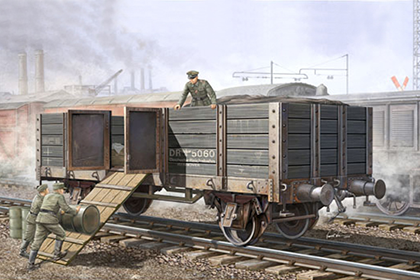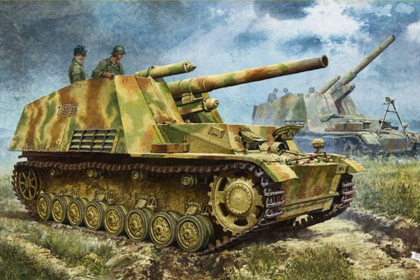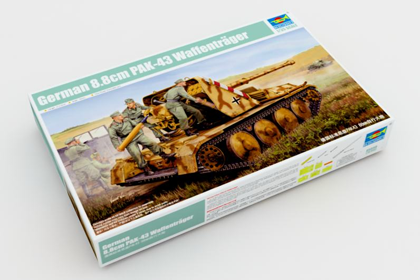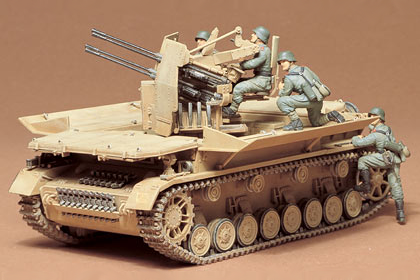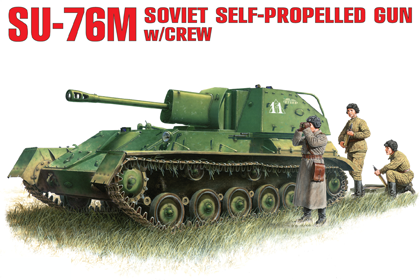This is the Bronco 35057 kit in 1/35 scale, of the ‘German 2cm Flakvierling 38’.
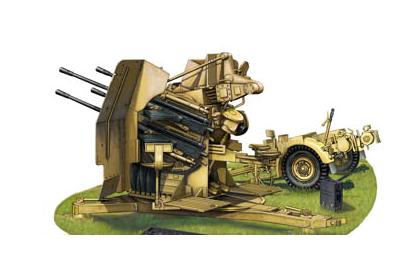
History
In 1940 the 2cm Flakvierling (quad mounting) 38 was officially adopted by the German army as its standard light anti-aircraft weapon. Mauser was made responsible for the development work and subsequent production of this variant. All four guns could be fired with a combined rate of fire of 800 rpm, or the weapons could be fired in pairs.
During the war it was used either vehicle mounted or on its familiar 4-gun Sd.Ah.52 towed carriage. As the war progressed, ammunition was developed for ground use against vehicles and ground works.
